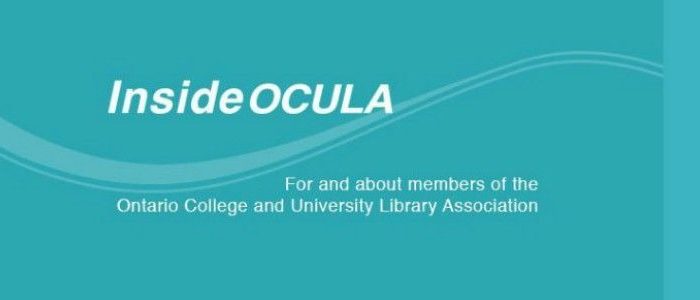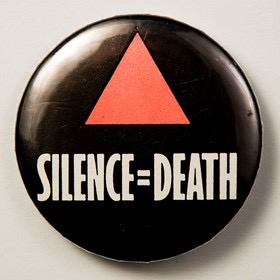Writer-in-residence: A report on the Guelph Accessibility Conference

This year’s annual Guelph University Accessibility Conference took place on May 28-29, allowing its attendees to experience the beautiful green campus in full bloom. Despite the heavy downpour on day one, the conference was well attended and the diversity of sessions offered made for some very difficult choices. Below are a few highlights of sessions which I attended and which l would like to share with you.
Maureen Wideman of the University of Ontario Institute of Technology spoke about reaching out to faculty to promote awareness of accessible learning and inclusive curriculum practices. She screened a series of short videos which promoted the understanding of how students with disabilities function within the broad university community, as well as what faculty can do with regard to building a more flexible and accommodating curriculum. The module is available to the public and includes videos, research and resources.
Video: Universal Design for learning with Kari Kumar
Annie Bélanger and Liam Morland of University of Waterloo talked about their institutional efforts to comply with the Web Content Accessibility Guidelines (WCAG). Liam demonstrated Fangs, a Firefox add-on screen reader emulator that renders the text version of a web page very similar to a screen reader used by the visually impaired users. This is a useful tool for developers as well as for those of us who are less technically endowed but still want to take part in testing their web accessibility.
Catherine Davidson, Maureen Haig and Susan Ewing from York University discussed their efforts to reach out to students with disabilities, promoting available services and amenities on campus aimed at fostering a more inclusive learning environment. They screened a professional video, produced with the help of York’s Academic Innovation Fund, which focused on a variety of services available to students with disabilities. This video is still being edited, although a sneak preview is available.
Speaking of videos, Ann Ludbrook and Diane Michaud from Ryerson University partnered up for a presentation on making videos accessible. Ann looked at the legal framework of the Canadian Copyright Act in the context of adding captions to commercially produced videos, while Diane spoke about securing permissions to make captioned videos and provided suggestions of applications and online tools for DIY captioning. For a sample of what a captioned video looks like, please visit the Amara project page.
Sue Burns of Western University led an open discussion on accessibility, opening the floor to deliberations about student accommodation as it pertains to accessible formats. Audience members shared their experiences of producing accessible formats in-house, as well as the challenges of liaising with publishers to secure digitally-born accessible files to support their users with disabilities. This was a unique opportunity to air concerns and share tips and best practices mostly with regard to the procurement or production of accessible texts within their institution.
Michelle D’Souza and Yura Zenevich, from the Inclusive Design Research Centre at the Ontario College of Art and Design University, showcased a few of their ongoing projects, including the Global Public Inclusive Infrastructure project (GPii). This initiative particularly captured my attention as it focuses on allowing users to access their interface preferences on any device through an RFID card. This is a low-cost solution, working with technologies which are already in place to enhance the inclusiveness of our society by creating a more responsive environment which is able to adjust to user needs at a moment’s notice. I am curious to see how this project continues to develop.
I came away from the conference inspired and motivated by the innovative approaches to problem-solving and the diversity of efforts across such a wide array of exciting projects. There was something for everyone, from library administration to private companies, public service, and front-line workers. This conference managed to successfully include all participants in a way which fostered cross-pollination of ideas across a wider array of professions. Speaking of pollination, I received a jar of locally-made honey as a thank-you gift to presenters that put a sweet finishing touch on my trip!
Katya Pereyaslavska is the InsideOCULA spring/summer 2013 writer-in-residence. To find out more about what Katya is up to, you can follow her on Twitter @Socialbrarian or drop her a line via email katya [at] @scholarsportal.info.


